 S. Hatfill, R. Coullahan, & J. Walsh
S. Hatfill, R. Coullahan, & J. Walsh
Text copyright 2019, Asymmetric Biodiversity Studies and Observation Group
All rights reserved.
Cover Photo Credit: Cynthia Goldsmith, Public Domain, Centers for Disease Control and Prevention.
Unless otherwise noted, images used under license from the Centers for Disease Control and Prevention, or from the authors collection.
Figure 09 Photo Credit: Cynthia Goldsmith, Public Domain CDC.
Figure 10 U.S. Naval Historical Center/Photo # NH 41730
Figure 12 ART Collection / Alamy Stock Photo
Figure 14 Sandia National Laboratories.
Figure 23 ART Collection / Alamy Stock Photo
Figure 35 ART Collection / Alamy Stock Photo
Figure 41 ART Collection / Alamy Stock Photo
No part of this book may be used or reproduced in any manner whatsoever without written permission except in the case of brief quotations embodied in critical articles and reviews.
Requests for authorization should be addressed to: srjhatcoulwalsh@gmail.com.
Cover design by Ivica Jandrijevic
Interior layout and design by www.writingnights.org
Book preparation by Chad Robertson
ISBN: 978-170-0120298
Library of Congress Cataloging-in-publication Data :
Names: Hatfill, Steven; Coullahan, Robert; Walsh Jr. John., authors
Title : Three Seconds Until Midnight / S. Hatfill, R. Coullahan, & J. Walsh
Description: Independently Published, 2019
Identifiers: ISBN 978-170-0120298 (Perfect bound) |
Subjects: | Non-Fiction | Emergency and Disaster planning | Global pandemic | Public Health |
Classification: Pending
LC record pending
Printed in the United States of America.
Printed on acid-free paper.
242322212019181787654321
DEDICATION
Dedicated to the Memory of William C. Patrick III
Soldier, Scientist, and Patriot

EPIGRAPH
The single biggest threat to mans continued dominance on the planet is the virus.
Dr Joshua Lederberg
1958 Nobel Prize in Physiology or Medicine.
CONTENTS
TABLE OF FIGURES
FOREWORD
T
his volume is co-authored by 3 highly qualified authors, each of whom has extensive experience in disaster planning and epidemic response. It starts with the basic problem of emerging RNA viruses and then uses the 1918 influenza pandemic as a case study while incidentally covering many other aspects of the problems of disaster medicine and pandemic infections.
RNA viruses are the most variable of viruses and influenza is particularly problematic for reasons described in this book. The first half of the book deals with specifics such as the problem of a highly variable agent that is spread by the respiratory and contact routes, with the history of a pandemic that infected much of the world carrying a 1-10% case fatality rate.
In 1918, influenza penetrated every continent except Antarctica, wreaking havoc even in tropical Africa (unharvested manioc) and the Arctic (Eskimos unable to fish and hunt). In the absence of control, prophylaxis or treatment, the most developed areas suffered even more. The 1918 influenza, even with the less rapid transportation of the time, was causing epidemic disease in Europe within 3 months. Today, with airplane travel, the agent would be widely disseminated within days. The 1918 disease was fulminant with death occurring as soon as 24-48 hours. The same would hold today without an organization of control strategies, development of vaccines, or effective antivirals.
This book attacks the problem of control without vaccines or antiviral drugs. Vaccines would require 3-9 months to develop for a new strain of influenza even though we understand how to make influenza vaccines. Even assuming a vaccine could be rapidly available, it would still require testing and distribution. We have one good antiviral, oseltamivir; it is available in limited amounts, must be given within 24-48 hours of onset to be effective, and resistant strains of the organism arise readily. Thus , physical barriers would be the primary defense even today.
The book examines the need for home quarantine and protection of hospital contacts because of the relatively small amounts of vaccine and antivirals that are now available. Hospital care and home care would be quickly overwhelmed because of the number of patients and a lack of realistic instructions concerning personal protection, sufficient N95 respirators and expertise in using this basic mode of aerosol protection, and lack of sufficient numbers of protective gloves. The book then goes on to examine our shortfalls just for the U.S.
In the medical field there will be shortages of hospital beds, critical care facilities, clinics, physicians, nurses, drugs (and not just anti-influenza drugs), etc.
Many other effects must be planned for and remedied. First, there is the impact on electric power and petrol which will then lead to shortages of transportation which in turn will result in food shortages. The authors go on to examine the complexity of todays cities, megacities, and regional problems. There is attention to the role of the internet and its impact on disinformation and on control.
These and other problems are all treated well. The approach is comprehensive, beginning with an explication of the historical approaches, a discussion of the modern problem, and going on to outline the future solutions. The development of megacities, complex megaregions, globalization, and just-in-time inventories are only some of the complications not fully addressed in todays planning.
The conclusion is that none of the current approaches is funded or up to the needs of today. The sources of this problem are multiple. One is the involvement of non-medical planners such as politicians or DHS. Another is the lack of follow through or sustained effort. These approaches are also hampered by a simple lack of adequate technology. All the current efforts are piece meal and do not adequately take into account dealing with highly transmissible diseases.
The next lethal pandemic could well come from an RNA virus, perhaps with critical mutations. There are already known strains of avian influenza with high human mortality rates; they lack only increased transmissibility to become as dangerous as the 1918 influenza. I believe that it is only a matter of time until the next pandemic influenza strain or other RNA virus, results in a pandemic disease of high lethality.
This book throughout, and particularly in the last chapters, covers preparation for such a virus with modern and imaginative methods. It begins with surveillance for the earliest emergence using modern DNA-based technology operating in areas suspected to be incubators for emerging viruses. It goes on to disease surveillance in populations and modern methods of response from individual patient containment and care to the disposal of corpses. It partially relies on some methods and equipment developed by the DoD and modified for civilian use. Possibly current public health practitioners will resist the intrusion of military solutions, but they only need examine case studies of recent outbreaks of influenza (Mexico, 1999, spread of epidemic before acknowledged) and Ebola (extensive resources deployed in West Africa for its control and medical care of staff-infections while caring for evacuated patients in modern U.S. hospitals) .
A partial antidote for this lies in the concept of a fusion center which would serve to coordinate several facets of surveillance, dispatch ground truth verification teams on short notice, and have experienced teams available to deal with incipient epidemics.
Next page
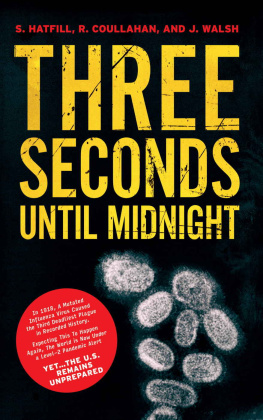
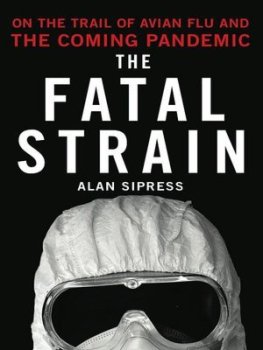
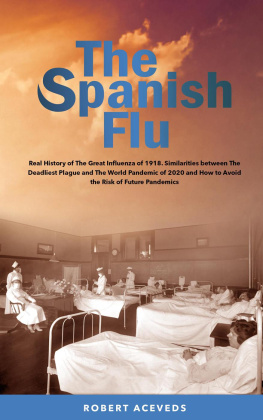
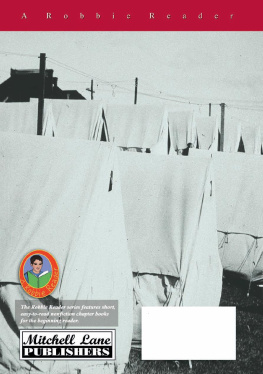
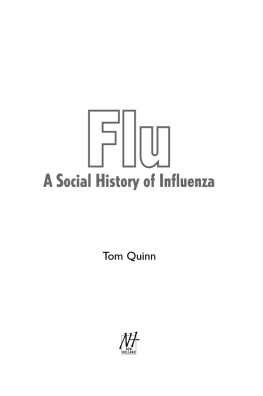
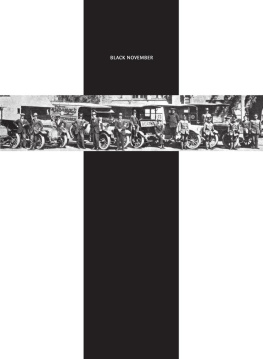
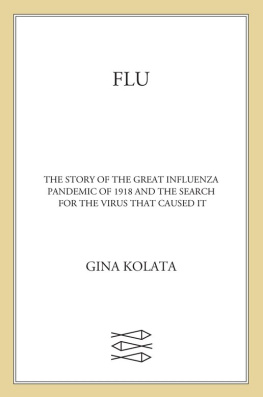
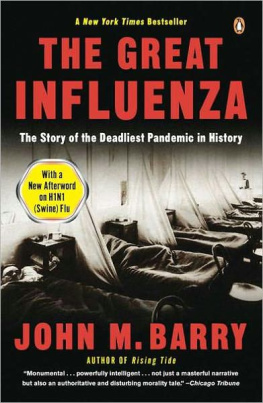

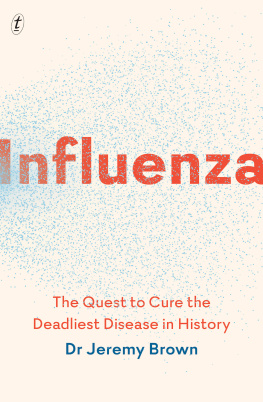
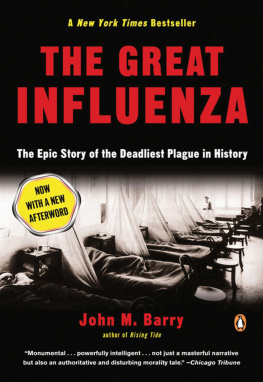
 S. Hatfill, R. Coullahan, & J. Walsh
S. Hatfill, R. Coullahan, & J. Walsh